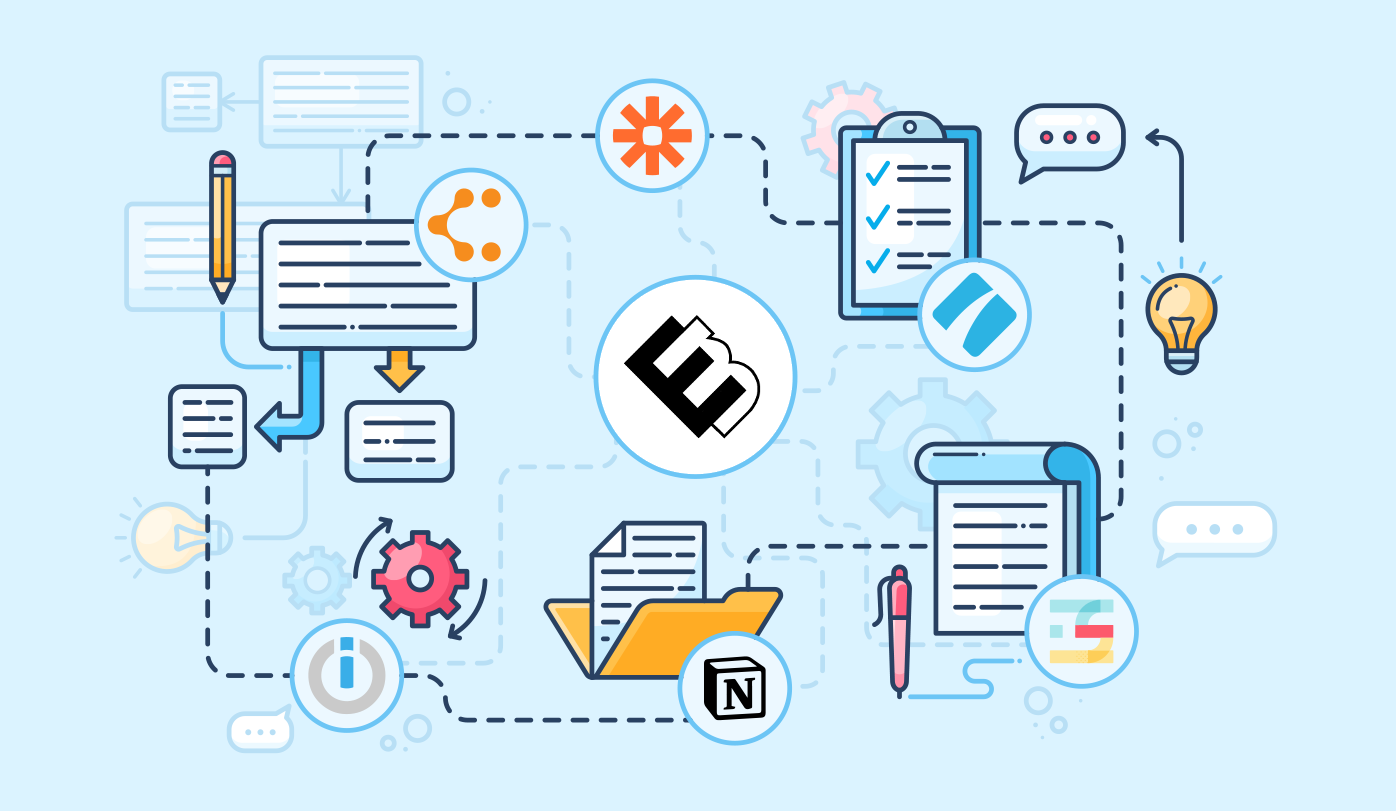How to Set Up and Configure a Web Server for your Website
How to Set Up and Configure a Web Server for Your Website
Launching a website is an exciting endeavor, but it comes with the crucial task of setting up and configuring a web server. Your web server is the foundation of your online presence, responsible for serving web pages to your visitors. In this comprehensive guide, we’ll walk you through the process of setting up and configuring a web server for your website.
I. Introduction
Before diving into the technical aspects, let’s understand the importance of a web server in the context of your website. A web server is a software or hardware system that stores and delivers web content to users when they access your domain. It acts as a bridge between your website files and the visitor’s web browser, ensuring a seamless browsing experience.
II. Choosing Your Web Server Software
Selecting the right web server software is the first step in the setup process. There are two prominent options: Apache and Nginx. Both are highly capable, but your choice may depend on your specific needs and preferences.
1. Apache
Apache is one of the most popular web server software choices globally. It’s known for its flexibility, robustness, and extensive support community. Apache is an excellent option if you’re looking for a web server with a long history of reliable performance.
2. Nginx
Nginx, pronounced as “engine x,” is another powerful web server known for its efficiency and speed. It excels in handling concurrent connections and high traffic loads. Nginx is an ideal choice for websites with high-performance demands.
III. Setting Up Your Web Server
Once you’ve chosen your web server software, it’s time to set up the server environment. Here’s a simplified step-by-step guide:
1. Choose a Hosting Provider
If you’re not hosting your server locally, you’ll need to select a hosting provider. Popular options include AWS, DigitalOcean, and Bluehost. These providers offer a range of server configurations and services tailored to your needs.
2. Install Your Chosen Web Server Software
After acquiring a server, you’ll need to install your selected web server software. The process varies depending on your chosen hosting provider, so consult their documentation for specific instructions.
3. Configure Your Server
Once your web server software is installed, you’ll need to configure it to meet your website’s requirements. This includes setting up virtual hosts, defining server blocks (in the case of Nginx), and specifying directories for your website files.
IV. Securing Your Web Server
Web server security is paramount to protect your website and its visitors. Here are some essential security measures to consider:
1. Enable SSL/TLS Encryption
Implement Secure Sockets Layer (SSL) or Transport Layer Security (TLS) encryption to secure data transmission between your server and visitors. This not only enhances security but also boosts your website’s SEO ranking.
2. Install a Firewall
Set up a firewall to monitor and filter incoming and outgoing traffic. Firewalls can prevent malicious access attempts and protect against DDoS attacks.
3. Regularly Update Software
Keep your web server software, operating system, and all installed applications up to date. Software updates often include security patches that address known vulnerabilities.
4. Implement Strong Authentication
Use strong authentication methods to secure server access. This might involve SSH keys, two-factor authentication (2FA), or other secure login mechanisms.
V. Deploying Your Website
With your web server configured and secure, it’s time to deploy your website. This process involves uploading your website files to the server, configuring DNS settings, and making your site accessible to the world.
VI. Ongoing Maintenance
Setting up a web server is not a one-time task. Regular maintenance, including monitoring server performance, analyzing logs, and updating software, is essential to keep your website running smoothly.
Conclusion
Setting up and configuring a web server for your website is a foundational step toward establishing your online presence. By choosing the right web server software, securing your server, and following best practices, you can ensure that your website is accessible, secure, and capable of delivering an excellent user experience. Whether you’re hosting a personal blog or a complex e-commerce platform, a well-configured web server is the key to success in the digital realm.

